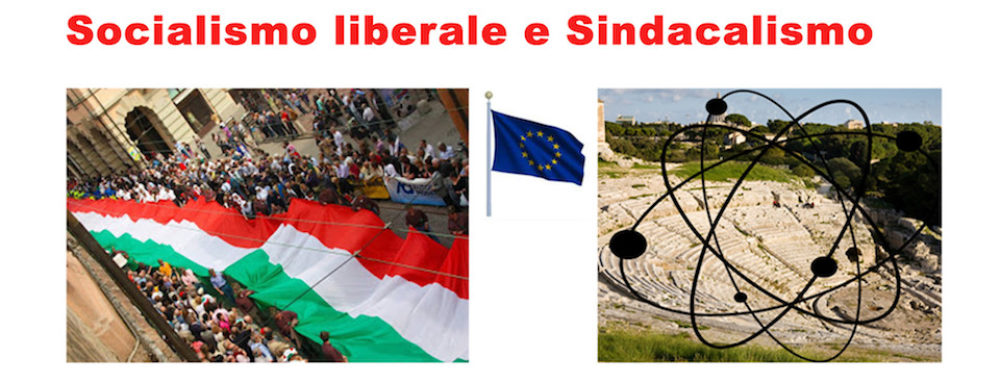After the fall of the Roman Empire, the Longobard ‘barbarians’ invaded northern Italy. An initial phase of violence was gradually followed by the integration of Lombards and Romans. A strong impetus was given by their Christianisation; protagonists were the high-ranking Longobard women. Jorg Jarnut’s ‘History of the Lombards’, highlights the ‘statesman’ figure of King Liutprand (712-44). More than a century had passed since the conquest of Milan (569); a time characterised by bitter conflicts between Lombard dukes and kings.
Thus Liutprand’s primary objective became the cohesion of the kingdom. In domestic politics, Jarnut writes: ‘The evolution of the Lombard kingdom reached a previously unknown degree of state organisation and consolidation of its institutions… After decades of very serious conflicts and painful lacerations, this powerful king expressed the achieved integration’.
In foreign policy: ‘His policy acquired a European dimension… A policy of peace pursued towards the Franks and Avars, for centuries the Lombards’ most dangerous neighbours’. Finally, Liutprand set the goal of ‘a unified Italy under the leadership of the king’.
The Byzantines thwarted the king’s advance towards the south of the peninsula; but the unexpected happened: the Arab army threatened Byzantium, so the Byzantines were finally forced to give up their grip on Italy. One last obstacle: the Roman Church, which, according to the motto ‘divide and rule’, fomented and supported the rebellion of the Lombard dukes of Spoleto and Benevento: territories in the centre-south of Italy. Liutprand arrived with his army at the gates of Rome; he wanted to remove all obstacles to the pursuit of his goal of unifying Italy.
The Pope came to meet him and invited him to pray at the tomb of St. Peter. The king as a sincere Catholic goes there to pray. In this regard, Jarnut writes: ‘The social component in Liutprand’s legislative activity was certainly an expression of the king’s deep faith. Nevertheless, the king did not give up exercising his legitimate political power; he thus imposed his trusted men in place of the dukes who brigaded against him.
Despite the fact that the Catholic religion had become the de facto state religion, the Roman Church did not give up its claim to possess its own ‘state’ in central Italy. It will later make false papers to testify that it is its right sanctioned by the Emperor Constantine. And Dante, who is unaware that the Chancellery of the Church fabricated the Emperor’s false donation of territory, will write that Constantine made a serious political mistake.
Liutprand died and again conflict broke out between the Lombard dukes and kings. The intervention from abroad of the Franks summoned by the Church definitively ended all matters. And the unification of Italy will be discussed again in our Risorgimento. Jarnut writes: ‘The Church will eventually be victorious without having an army’. At the same time, the motto of the dukes spread, which would later sound like this: ‘France or Spain as long as they eat’. Regarding the great political figure of Liutprand, Jarnut concludes: ‘Although Liutprand had not succeeded in becoming king of all Italy, he had come as close to this secular goal as any of his predecessors. Too bad he did not succeed.
In our time, the famous speech on the Unification of Italy by the ‘Lombard’ Pope Paul VI, as it has been written: ‘He gave the last strokes of the pickaxe to what remained of the Church’s temporal power’; and he brought the Second Vatican Council, which opened the Church to the world, to a conclusion.
But as far as Italian politics is concerned, unfortunately there is no sign on the horizon of the formation of a social democratic political pole of the ‘Lombard-Northern European’ type, which would pursue a government programme with economic development, collective welfare, rights and social justice at its centre.
